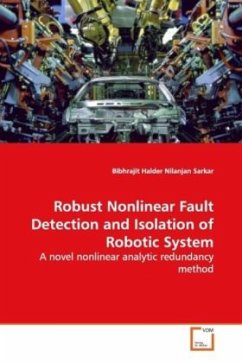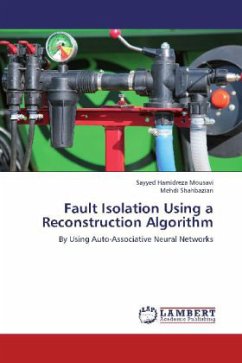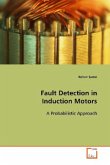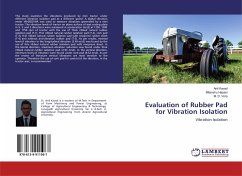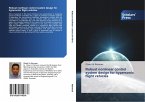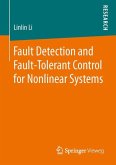The demand for automation in modern society has been
increasing steadily during the last few decades.
Robotic systems have played an important role in
automation that includes manufacturing, assembly,
and biotechnology to name a few. In addition, there
is a growing need for unmanned operation in
different service and research sectors such as
search and rescue, nuclear waste clean up, mining,
planetary exploration and others. Such complex
applications increase the possibility of system
faults that are characterized by critical and
unpredictable changes in the system dynamics. The
consequences of system faults can be extremely
serious in terms of not only economic loss, but also
adverse environmental impact and even loss of human
lives. This book focuses on model based fault
detection and isolation for robotic systems. The
methodology presented in this book allows the
robotic system to self-diagnose its faults so that
catastrophic consequences can be averted. The method
is both robust and practical and therefore has the
potential to be implemented in the future robotic
systems.
increasing steadily during the last few decades.
Robotic systems have played an important role in
automation that includes manufacturing, assembly,
and biotechnology to name a few. In addition, there
is a growing need for unmanned operation in
different service and research sectors such as
search and rescue, nuclear waste clean up, mining,
planetary exploration and others. Such complex
applications increase the possibility of system
faults that are characterized by critical and
unpredictable changes in the system dynamics. The
consequences of system faults can be extremely
serious in terms of not only economic loss, but also
adverse environmental impact and even loss of human
lives. This book focuses on model based fault
detection and isolation for robotic systems. The
methodology presented in this book allows the
robotic system to self-diagnose its faults so that
catastrophic consequences can be averted. The method
is both robust and practical and therefore has the
potential to be implemented in the future robotic
systems.

